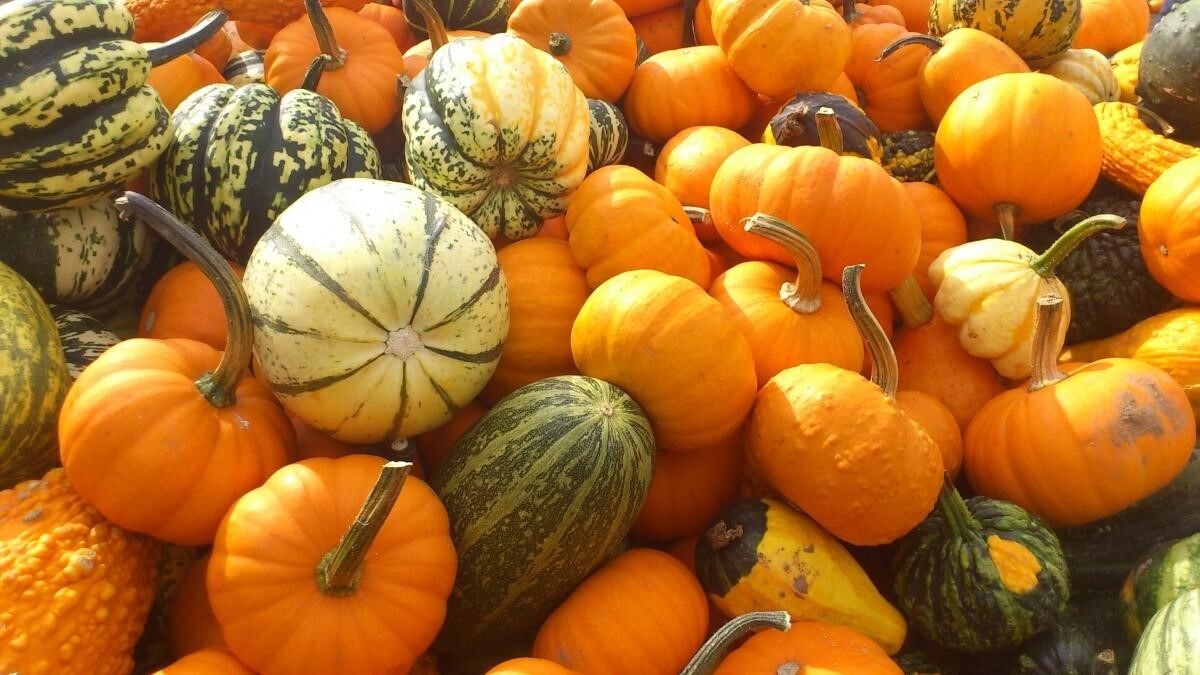Newsletter della scuola e dell'educazione

0139. PRIMARIA SBS. History and cultural awareness of different traditions with young children
L’articolo ci introduce alla disciplina di History (Clil SBS) e al suo valore pedagogico di voler rendere i bambini consapevoli di diverse tradizioni storiche e culturali per costruire la propria identità nei confronti di altre identità diverse dalla propria, utilizzando una lingua veicolare come l’inglese.
Every year when 31st October is coming, we hear about the traditional Halloween pumpkin as a symbol of holiday in the English speaking countries. An anniversary that most think is only American whose style is made up of skeletons and macabre jokes. But not everyone knows that celebrating Halloween by carving the pumpkin is also an ancient Italian tradition that belongs to our ancestors. So no extra-continental fashion but tradition with hyper-local and indigenous roots. Even in our Peninsula there was the habit of carving pumpkins. In Northern Italy they took the name of lumere (lights), from Liguria to Friuli, passing through Lombardy, Veneto and Emilia. After all, they are all areas that had Celtic influence in their history.
In Year 1 of SBS history class we discover and experience some aspects of the British cultural heritage and the folklore. The children will be taught how to prepare the Halloween pumpkin easily during their history class. Later they will be asked to retell the story and the preparation so that they will learn English and practice their speaking skill. Moreover, they will be benefited from the cultural awareness and tradition which play important roles in helping them develop a positive sense of identity. Studies show that cultural appreciation and comparison contribute to building a positive self-esteem. Developing a strong foundation of belonging and acceptance of different cultures through education helps children to create a diverse social network while transitioning into adulthood. There are a variety of ways to encourage acceptance, respect and education of new cultures. Help children to learn about various cultures by watching foreign movies, listening to cultural music and getting crafty in the kitchen. The world is vast and there are nearly endless customs to explore. When children are raised to possess well-rounded cultural values, they are more likely to be open and accepting new cultures they learn about as they grow into adults. Inviting children into the kitchen while preparing a traditional dish or making a decoration creates a special time for bonding and an opportunity for cultural conversation. Authentic meals, snacks and treats can help children develop a bond with their cultural identity or with another tradition, especially when the ingredients are native to a particular heritage.
Although Halloween traditions vary from country to country, the pumpkin remains the quintessential symbol of British and American celebrations. In English, the Halloween pumpkin has the name of Jack O’Lantern, from the protagonist of an Irish folk legend from which the origin of this tradition seems to go back. The Halloween celebrations themselves have their roots in the Celtic cult of Samhein. The party was held in late summer and kicked off the new year. For the occasion it was customary to carve the vegetables to keep the spirits from approaching. This is why it is thought that the legend of Jack O’Lantern was born in this period. It is said that Jack was an Irish blacksmith who loved to torment people and play terrible tricks. One day he wanted to cheat the devil himself and forced him to take refuge on a tree. After long negotiations, unluckily Jack was obliged to wander the earth without rest, so he received as a gift an ember to light the way into the darkness. Jack put the fire in an emptied turnip, which became a lantern. How did it go from the carved turnip to the orange pumpkin we all know and identify today as the Halloween pumpkin? When the Irish arrived in America they found that it was easier to find pumpkins than turnips. So soon the pumpkin took the place of the turnip to honour the tradition of Jack O’Lanter.

